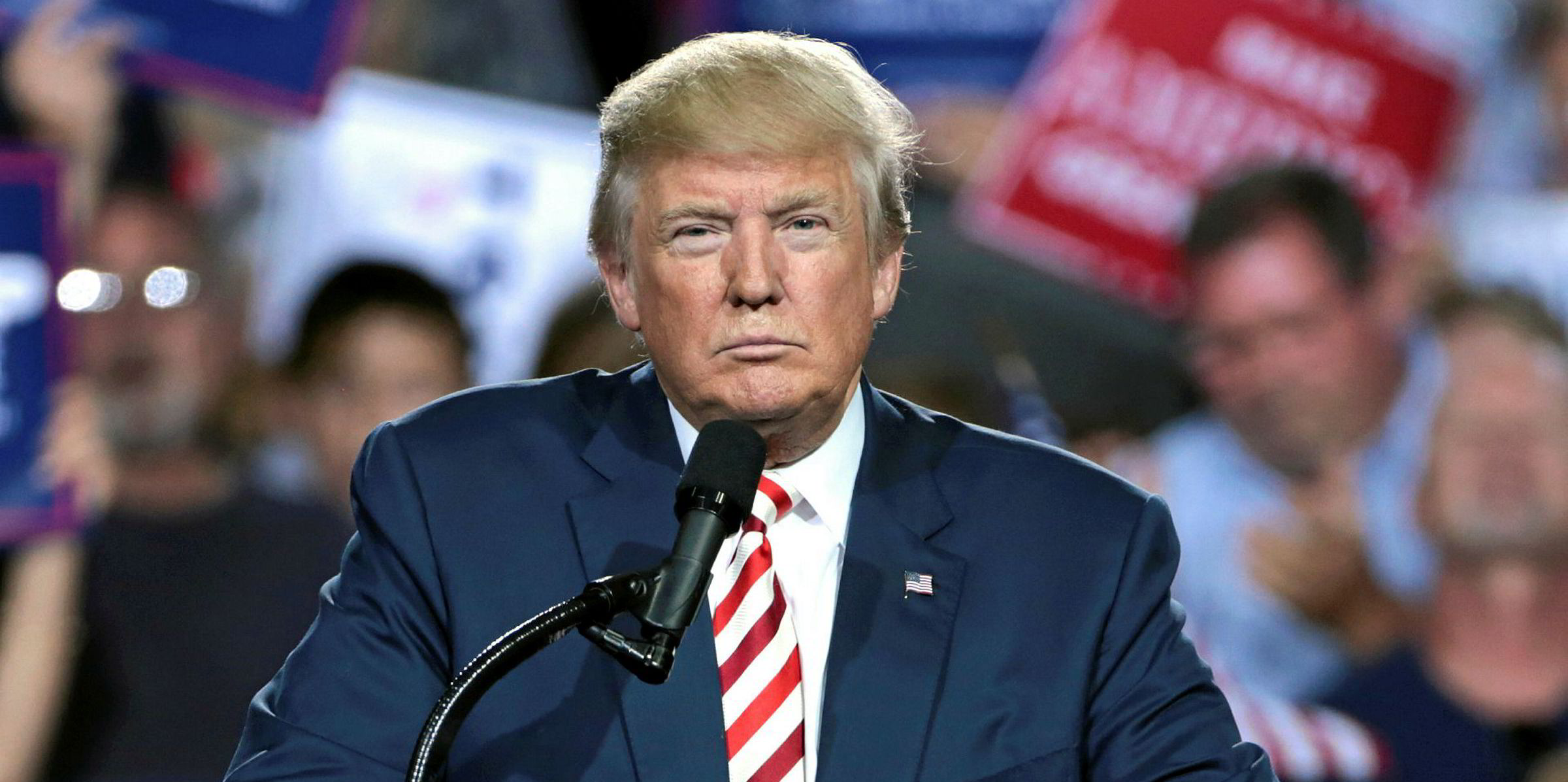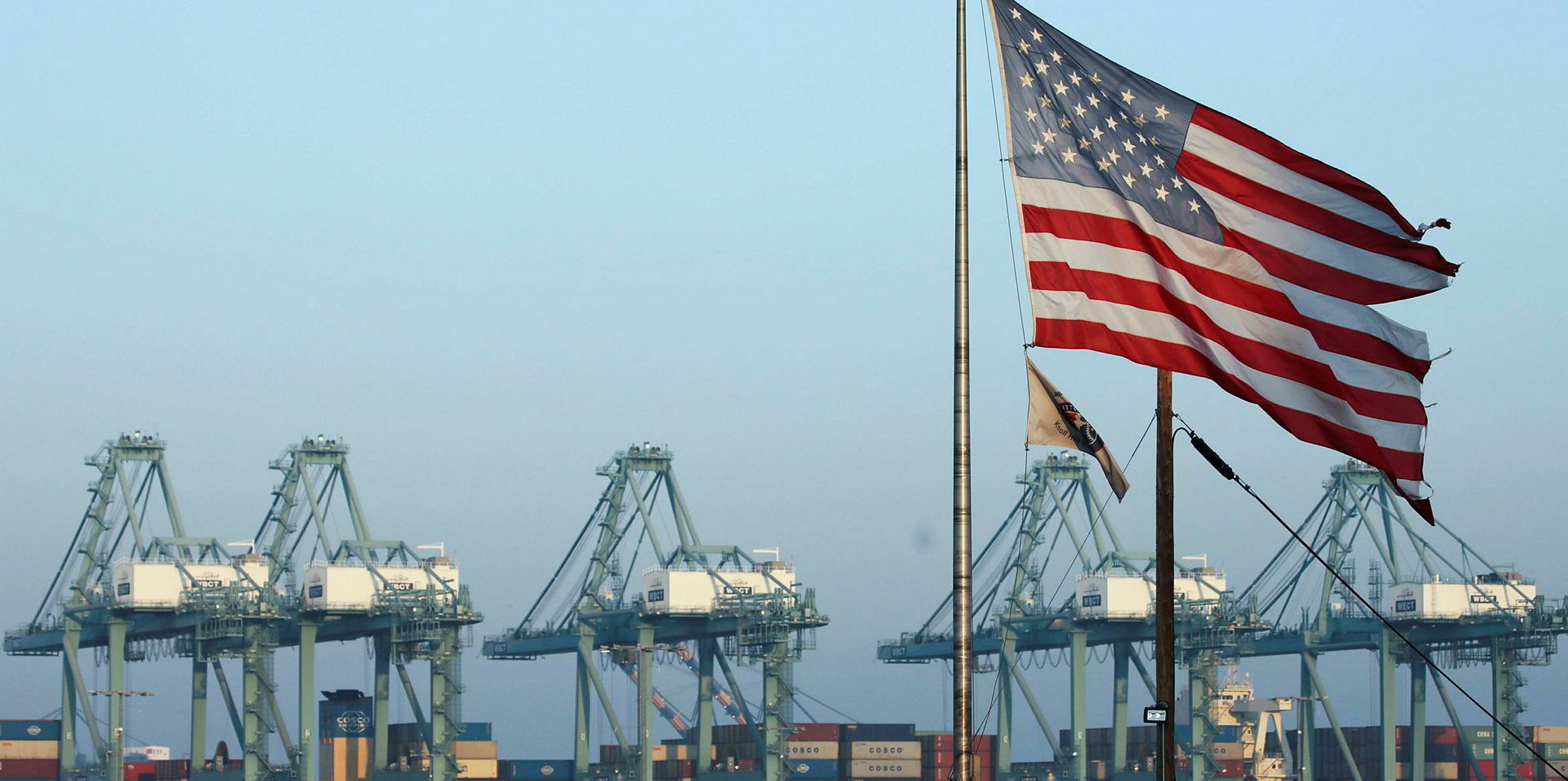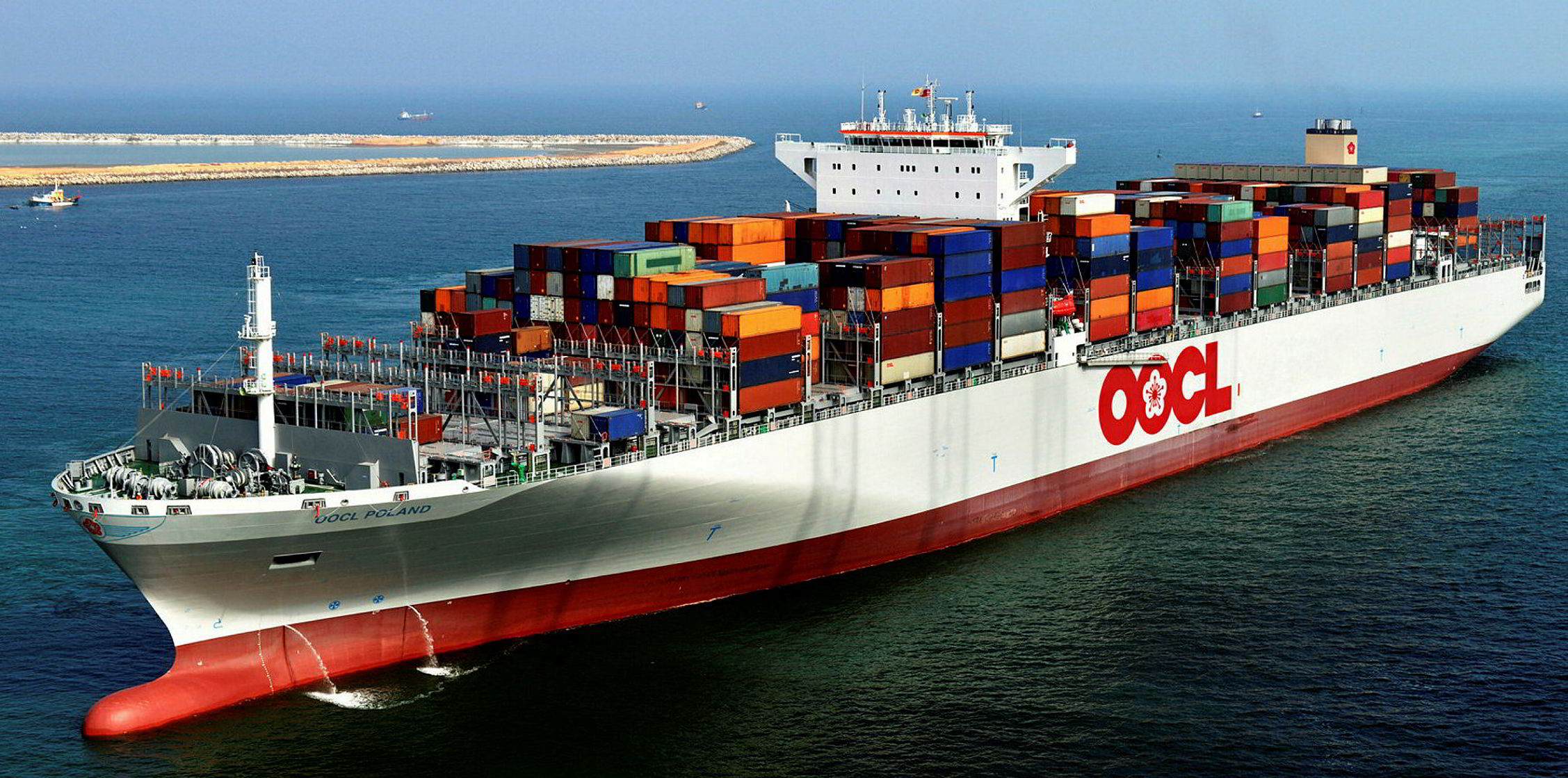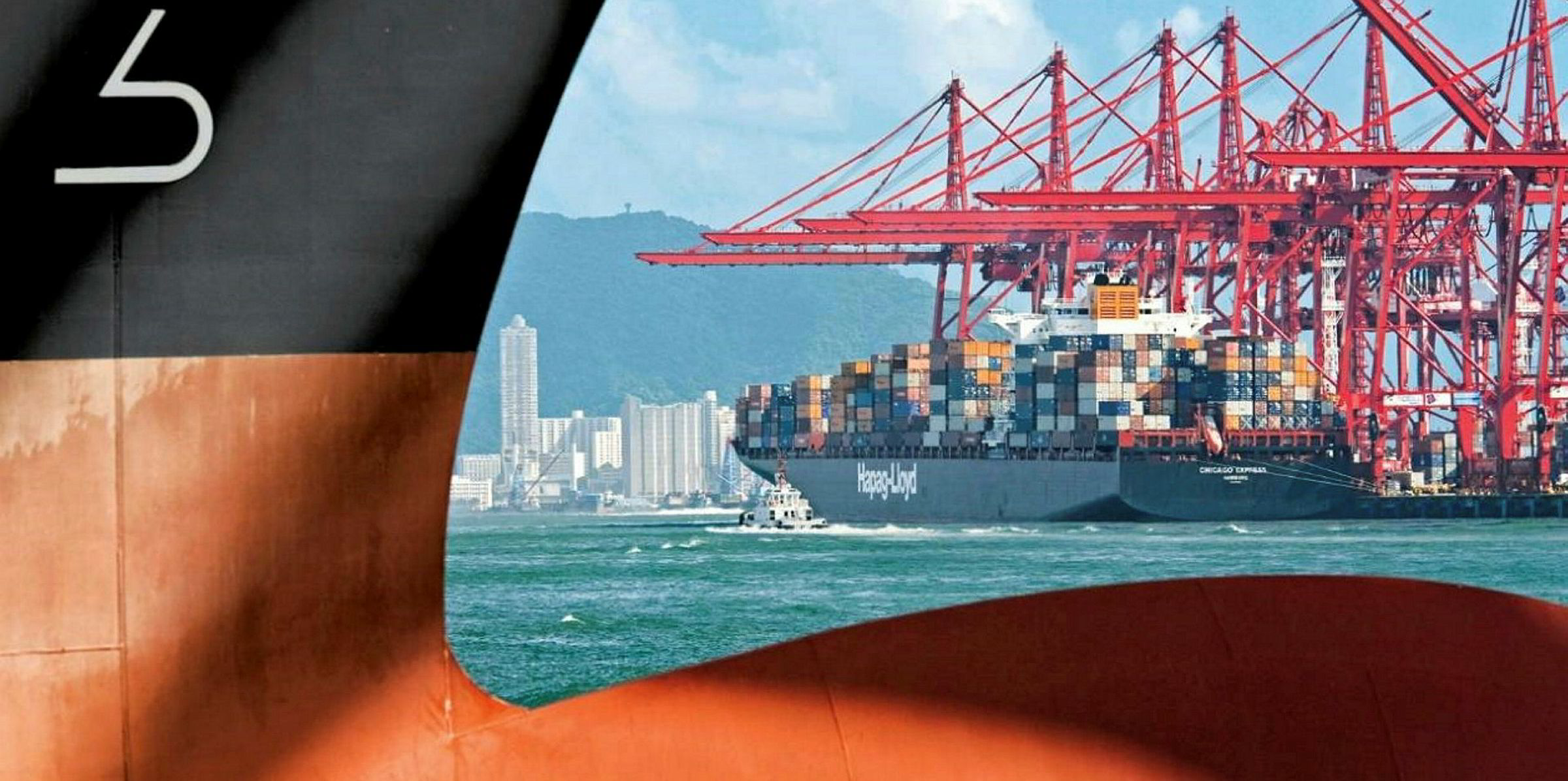The China-US trade war is causing more problems for liner operators on the transpacific trades, where a drop in container volumes is expected for the first time in almost 10 years.
Freight rates have peaked, volumes are down, and the leading carriers are paying the price in lost market share.
Particularly worrying for operators is the speed with which this year's peak season seems to have come and gone.
Freight prices on the trade from China to the US west coast have already dropped from their peak earlier this month of $1,558 per teuto $1,487 per teu on 14 November — about $900 down on the same day last year, according to the Freightos Baltic Index.
Rates from China to the US east coast have also slipped to about $2,648 per 40-foot equivalent unit (feu), nearly $1,000 lower than the same time last year.
Last year saw shippers rush to beat the imposition of US tariffs, but there are few signs of that happening this time around.
On the contrary, volumes are going into reverse.
First decline in a decade
Two leading container analysts predict this year will be the first one in nearly a decade where imports from China to the US west coast will show a decline.
The two largest ports — Los Angeles and Long Beach — experienced a 3.7% drop in laden imports over the first 10 months of the year to 7.1m teu, down 272,961 teu from last year, according to Bimco estimates.
The shipping association argued that the harmful effects of the trade war on eastbound transpacific volumes and freight rates are now "clearly visible".
It also said it expects a drop in year-on-year volumes to the US west coast for the first time since 2011.
This compares with Alphaliner's prediction of a 2% drop in the eastbound transpacific container trade. The consultancy also expects this trade to register its first negative year in a decade.
Alphaliner said it forecasts “a significant decline” in shipments in the fourth quarter, with no repeat of the front-loading by shippers to avoid higher import tariffs at the end of last year.
While another US tariff hike of 10% on Chinese goods worth $160bn is planned for 15 December, the same front-loading is not expected to occur this year, due to heightened uncertainty about the rumoured trade deal, Bimco said.
The main losers in terms of market share are Maersk, Mediterranean Shipping Co, Hapag-Lloyd and Cosco.
Alphaliner lists their total eastbound liftings as falling by between 3.1% and 4.5% in the first 10 months of this year, compared with the same period last year.
Niche carriers PIL and Wan Hai Lines also recorded volume declines.
“In spite of an increased number of sailings blanked by carriers in November, there have not been any reports of space constraints on the transpacific trade so far,” Alphaliner said.

Peaked early
The drop in volumes points to an early end to what is normally the peak season for liner operators in the run-up to Christmas.
“Early indications are that prices will indeed fall and that we’ve reached the peak of peak season," Eytan Buchman of Freightos said. "While 2020’s new low-sulphur fuel regulations may help keep prices from falling too dramatically, most signs are pointing to this being the full extent of peak season.”
Drewry is something of a lone voice in forecasting that stronger growth will return in the not-too-distant future.
It argues that the transpacific trade is supported by a weakening of the Chinese currency, willingness from some shippers to absorb some of the additional costs arising from the new tariffs, and some trade substitution within Asia.
Countries such as Vietnam, Taiwan, Thailand and Malaysia have stepped up trade with the US to counter lost Chinese exports.
“Assuming carriers refrain from returning too much capacity, there is reasonable hope for higher freight rates as we approach Black Friday [29 November] and Christmas sales,” Drewry said.
But Maersk said in its third-quarter results that trade restrictions have likely reduced container trade by 0.5% to 1% in 2019.
It expects the negative impact on container volumes from tariffs in 2020 to be about 1%.
So liner operators may have to pin their hopes on the outcome of ongoing trade talks between the US and China.
“No matter the outcome, the trade war has already harmed the shipping industry,” Bimco said.







